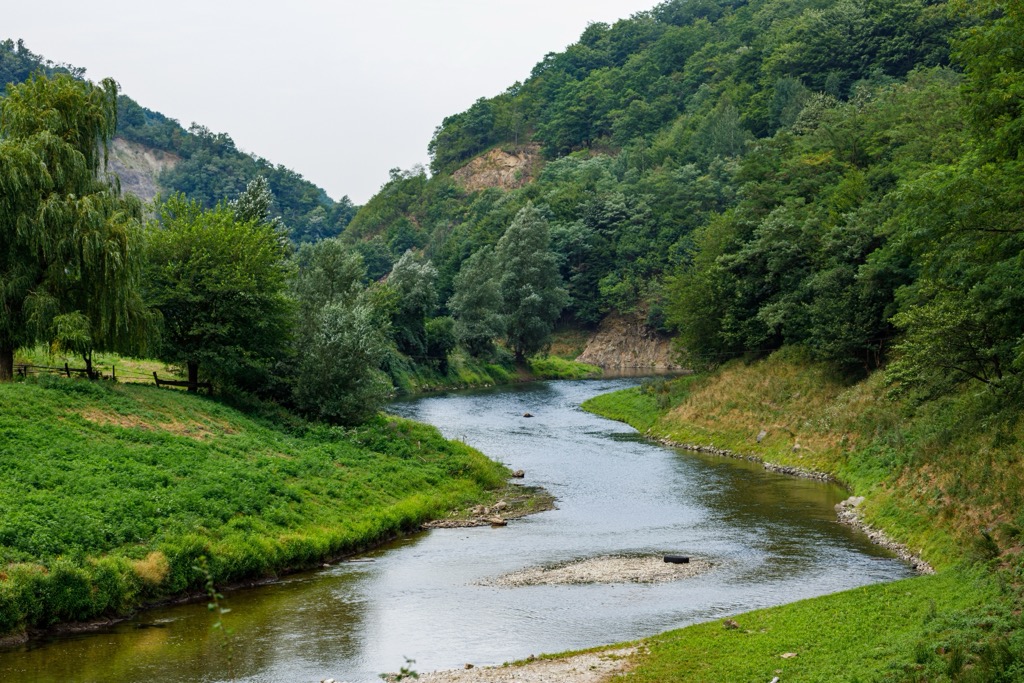Get PeakVisor App
Sign In
Search by GPS coordinates
- Latitude
- ° ' ''
- Longitude
- ° ' ''
- Units of Length

Yes
Cancel
Share ×

Scan the QR code and open PeakVisor on your phone
❤ Wishlist ×
Choose
Delete
Domogled-Valea Cernei National Park is a Romanian park that hosts numerous smaller protected areas and showcases parts of the Southern Carpathian Mountains. The area is mainly a remote temperate forest featuring hiking, waterfalls, and moderately sized mountains. There are 53 named mountains in Parcul Național Domogled - Valea Cernei. Moraru (2,279 m / 7,477 ft) is the highest point. The most prominent mountain is Vârful lui Stan (1,466 m / 4,809 ft).
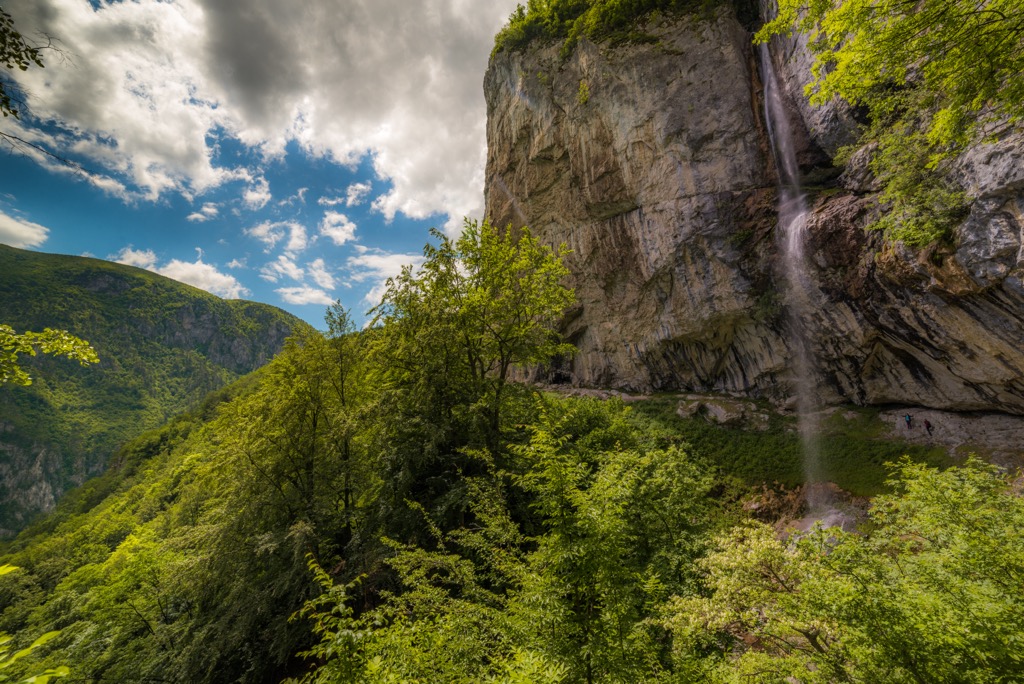
The Domogled-Valea Cernei National Park is in southwest Romania and features limestone cliffs with Banat Black Pine, deep canyons with fast-moving rivers, beech forests, alpine meadows, as well as karst features like caves and springs. Established in 1990 and managed independently since 2003, the park covers 61,211 ha (151,268 acres) in Caras-Severin, Mehedinţi, and Gorj counties.
Geographically, it covers the Cerna River basin from its source to its confluence with the Belareca River. The Cerna River, formerly known by the Romans as Tierna and Dierna, starts at the confluence of the Izbuculi and Cernisoara streams. Two dams, Prisaca and Cerna, have been built along the river as part of the Cerna hydropower triangle.
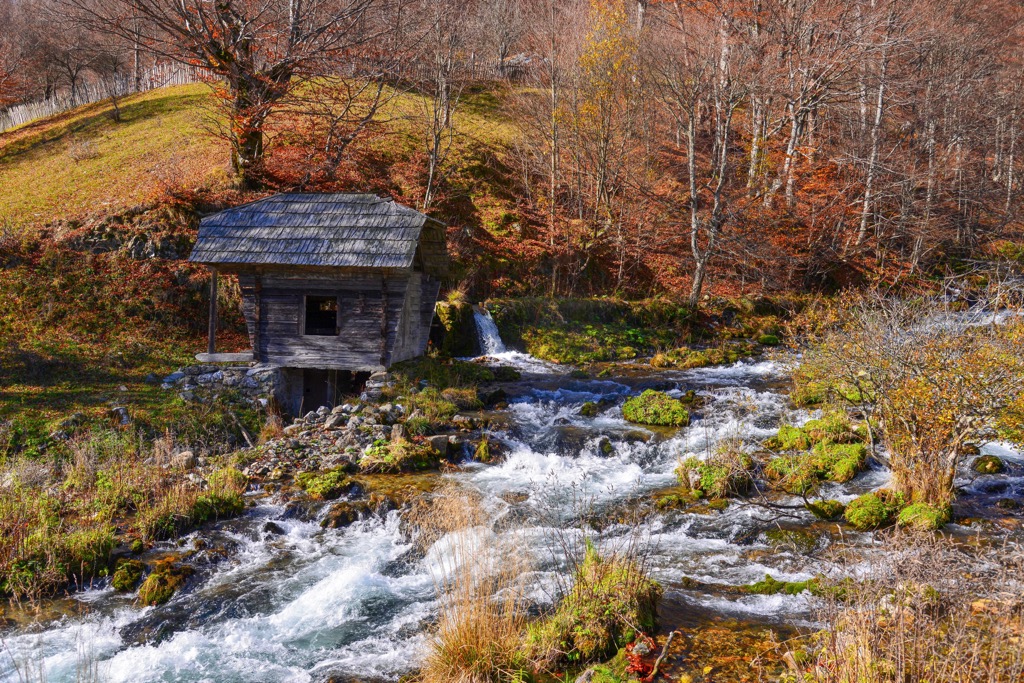
The park encompasses two mountain ranges, the Godeanu and Cernei Mountains, separated by the Cerna Valley. The Godeanu Mountains feature rounded summits and broad valleys, while the Cernei Mountains are steeper and more irregular.
In July 2009, environmental groups protested the construction of a 19 km (12 mi) road through the park, arguing that it would harm the ecosystem of the nearly untouched area. Indeed, the Romanian Carpathians are the most remote and wild place remaining in continental Europe.
The park includes various smaller protected areas, such as Domogled, Iardașița, Iauna-Craiova, Piatra Cloșanilor, Cheile Corcoaiei, Ciucevele Cernei, Valea Țesna.
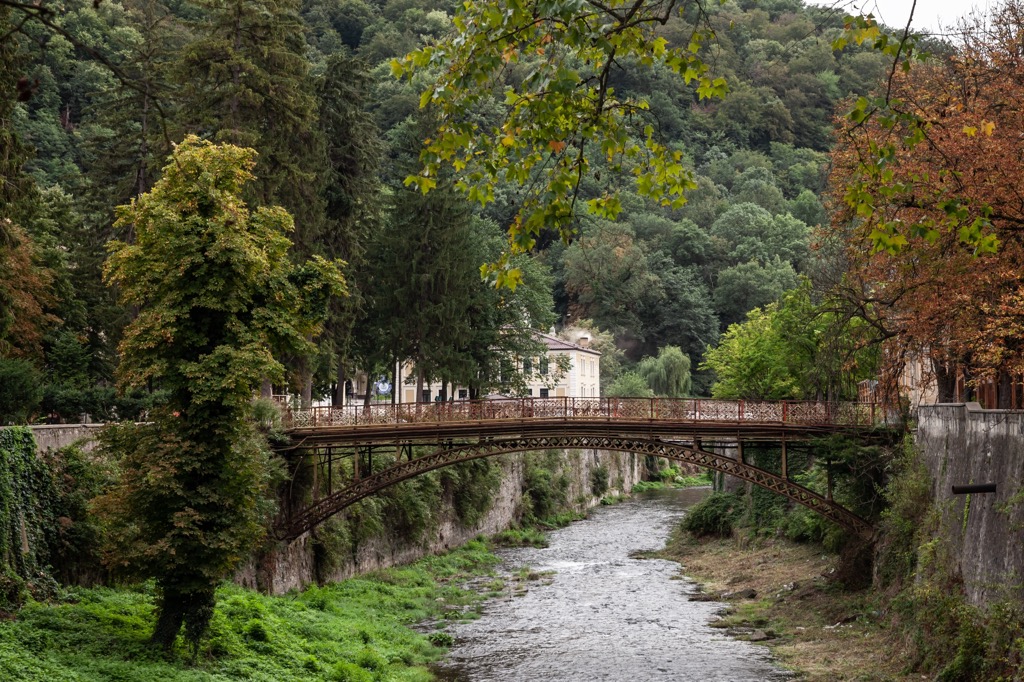
The Domogled—Valea Cernei National Park's geology varies widely, mixing metamorphic, sedimentary, and magmatic rocks from different geological domains.
The Godeanu Mountains, primarily made of metamorphic rocks, dominate the scenery in the northwest. Towards the center, the Cernei Mountains feature peaks over 1,700 m (5,577 ft), with limestone formations sculpted into steep valleys and gorges. The Godeanu Mountains consist mainly of metamorphic rocks, while the Cernei Mountains share a similar composition. Further south, the Mehedinți Mountains feature a mix of crystalline and sedimentary formations.
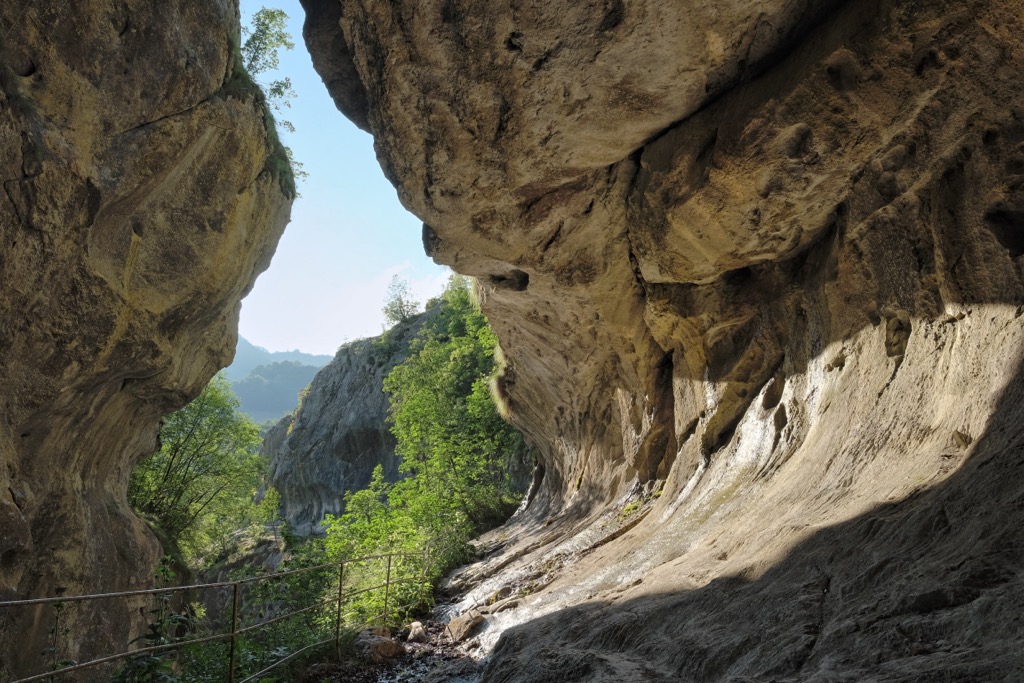
Throughout the park, limestone formations create distinct features, such as tassels and bags along the Cerna River. The Mehedinti Mountains, on the left side of the Cerna River, feature heights mostly between 1,000 and 1,200 m (3,281 and 3,937 ft), with some peaks exceeding 1,400 m (4,593 ft).
Near Baile Herculane, numerous karst caves combine with geothermal features, a unique occurrence in Romania and quite unusual globally. Notable among these is the Steam Cave, situated at a high altitude near Ciorici Peak, where constant vapor emanation results in consistently high temperatures. Lastly, the Hercules Cave stands out for its permanent stream with varying thermal and mineralized water temperatures.
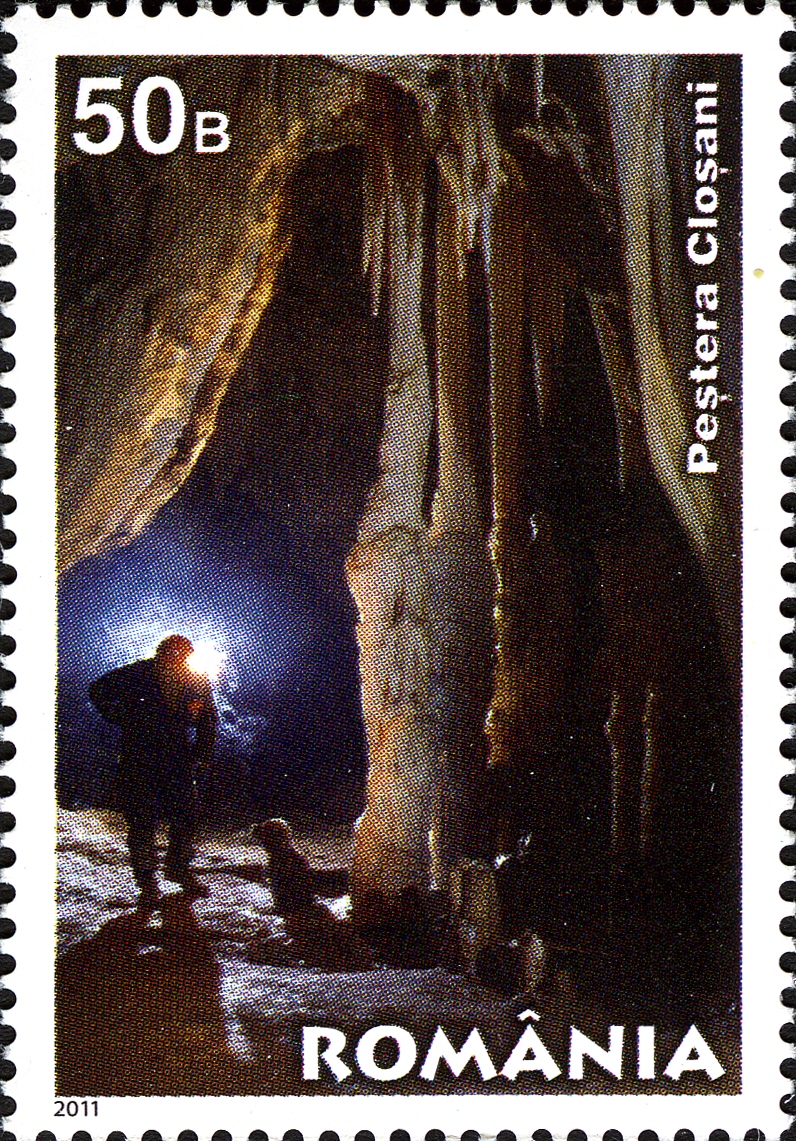
The Domogled-Valea Cernei National Park encompasses the Domogled-Valea Cernei Site of Community Importance and Romania's avifaunistic Special Protection Area. The park is home to various protected species, including 14 mammals and numerous bird species. Geographic analysis reveals a significant accumulation of species from surrounding parts of Europe, including the Mediterranean, Alpine, Carpathian, Dacian, Balkan-Carpathian, Moesic, and Anatolian regions.
Various plant species, including lady's slipper, poppy, and mountain bell, thrive alongside rare floristic species such as bear's foot and mountain blueberry. Approximately 75% of the park is covered by forests, with beech being the predominant species.
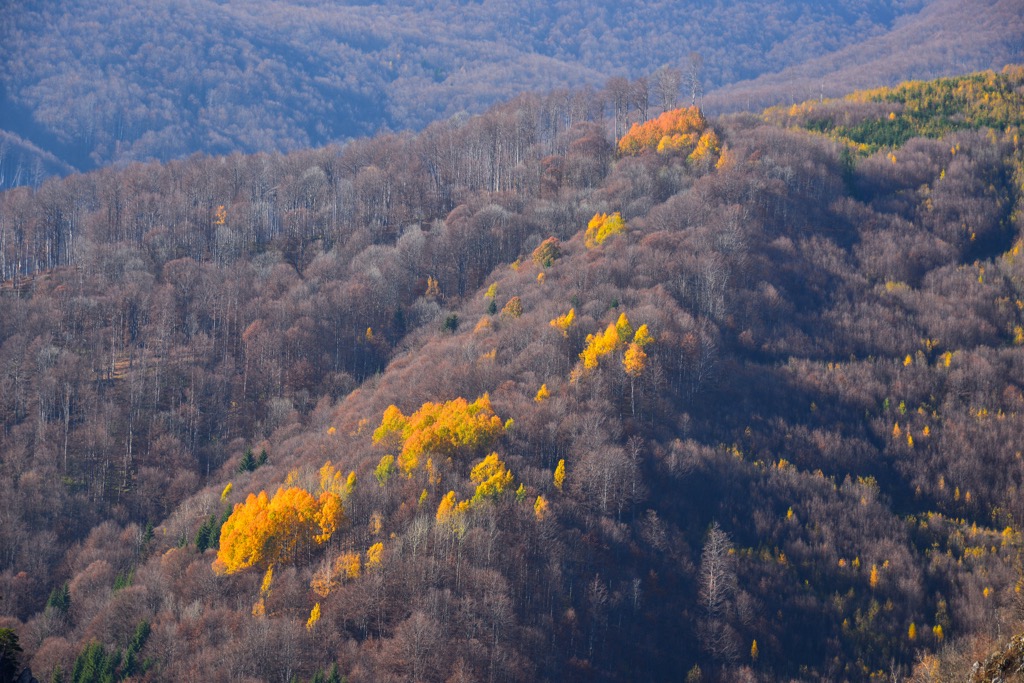
The forest composition varies with altitude, with spruce, fir, and beech dominating higher elevations and transitioning to beech and oak forests at lower altitudes. Juniper is also present, forming thickets in certain areas, particularly in the northern part of the Godeanu Mountains.
The park's aquatic habitats include rivers, streams, reservoirs, glacial accumulations, ponds, and wetlands. The Domogled-Valea Cernei National Park hosts an impressive diversity of flora, with around 1,110 species of higher vascular plants.
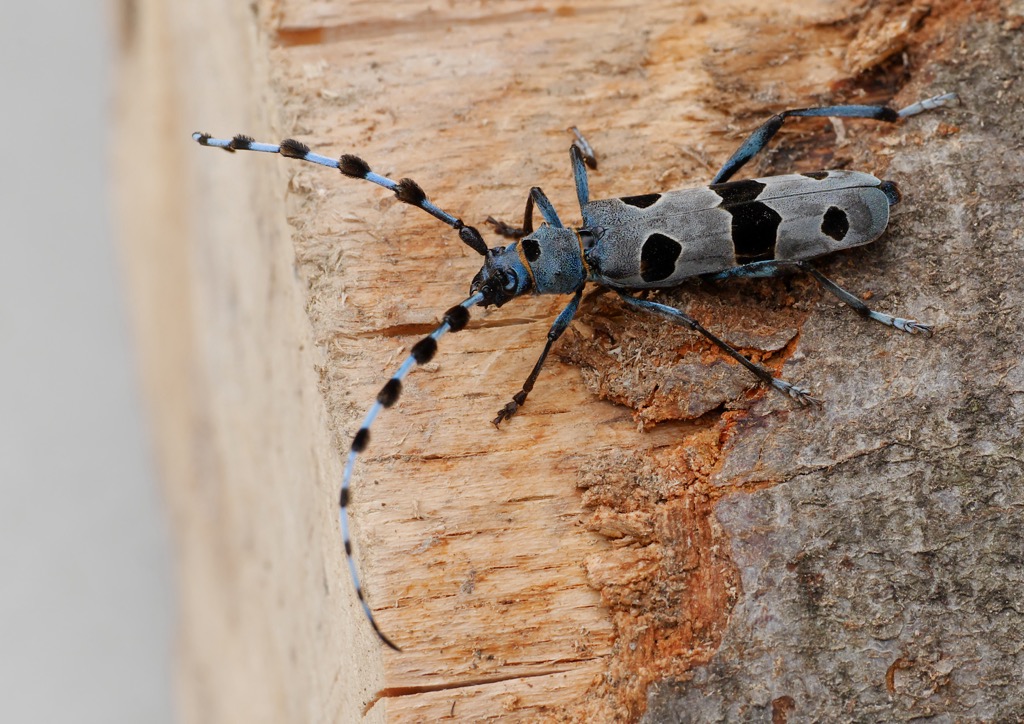
Of these, 66 species, constituting 6% of the vascular plant flora, are endangered, rare, or partly endemic. Additionally, the park is home to numerous other important plant species, including threatened taxa like Fritillaria orientalis and Gentiana lutea. Fish species include the European asp, Mediterranean barbel, common gudgeon, and golden-spined loach.
Mammals such as the European otter, brown bear, Eurasian lynx, and gray wolf roam the park. Various bat species like the lesser mouse-eared bat, greater mouse-eared bat, common bent-wing bat, and Blasius's horseshoe bat thrive in the park’s various karst formations. Birdwatchers can spot the golden eagle, European nightjar, peregrine falcon, grey-headed woodpecker, water pipit, and common cuckoo.
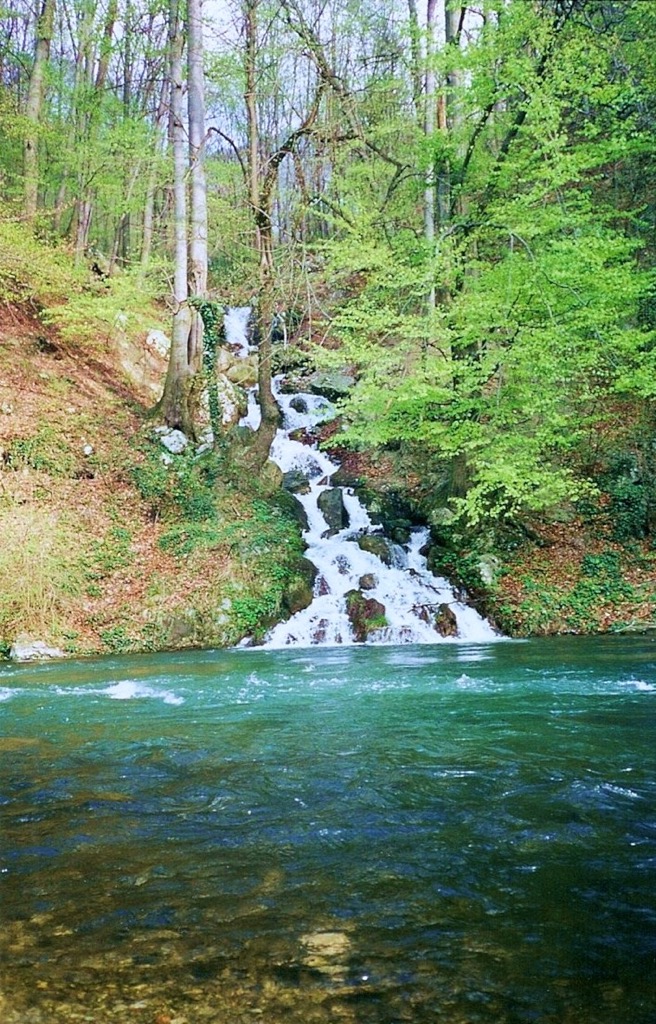
The ancient Herculane Baths, once frequented by royalty for their therapeutic properties, are now known for their healing hot springs. While the days of royal visits have passed, the baths still offer therapeutic experiences, though without the grandeur of the past.
The Domogled Mountain gained fame in the late eighteenth century due to Johann Centurius Graf von Hoffmannsegg's discovery of its rich plant and insect life.
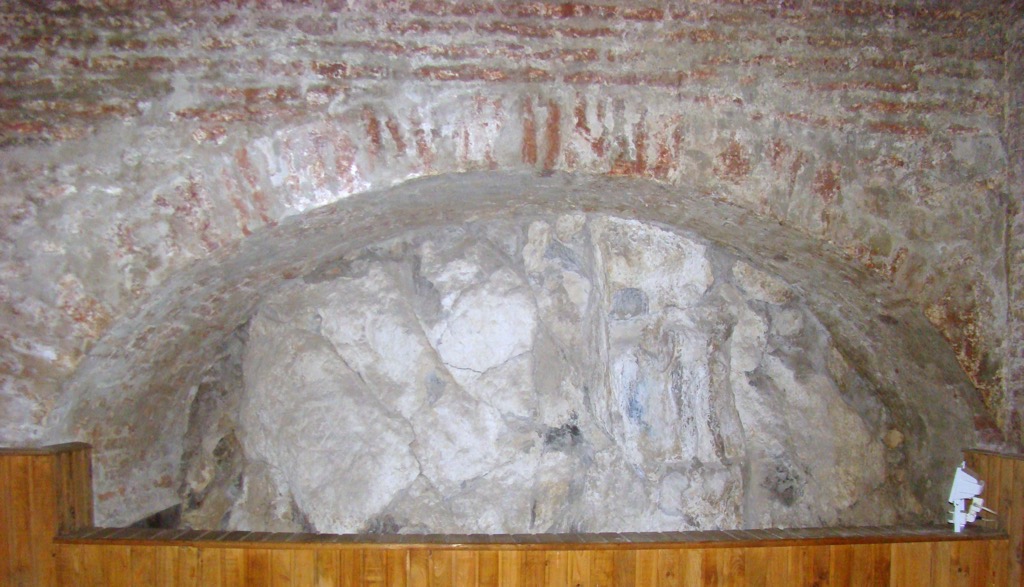
The area became protected in 1952 when the original Domogled National Park was internationally recognized. It boasts unique natural features like the Banater Sphinx and the Cerna Waterfall. The current iteration, Domogled-Valea Cernei National Park, was established in 1990 and has been managed independently since 2003.
Numerous historical and cultural sites surround the park, including churches, monasteries, and archaeological sites of Roman and medieval origins. The region's lifestyle has long revolved around the forest, with traditional activities like forestry, agriculture, animal husbandry, and crafts playing integral roles in the local economy. Popular attractions within the park include picturesque mountain villages like Dobraia, Prisăcina, and Scarișoara.

A hike to Prisacinei Gorge is a relaxing half-day adventure. Hikers pass through Prisacina Gorge and ascend toward Prisacina Peak. Despite the moderate altitude of about 1000 m (3,281 ft), you'll enjoy expansive views of Cerna Valley.
The 15-kilometer (9.3-mi) circuit hike begins at Dumbrava Motel, about 13 km (8 mi) from Baile Herculane. Walk 1 km (0.6 mi) along the main road toward Baia de Arama until you spot trail markings and a wooden bridge over the Cerna River. Traverse "Patraula," representing former imperial borders, and then enter Prisacina Gorge. Ascend towards Prisacina Peak, taking in the views before returning to the bridge.
The majestic Vânturătoarea Waterfall in the Cerna Mountains is the jewel of Domogled-Valea Cernei.
Drive along the Cerna River to Baile Herculane. From there, a 1-hour hike leads us to the breathtaking waterfall, cascading from a limestone wall at an altitude of 1000 m (3,281 ft). The 40 m (131 ft) waterfall descent is sometimes adorned with a rainbow.
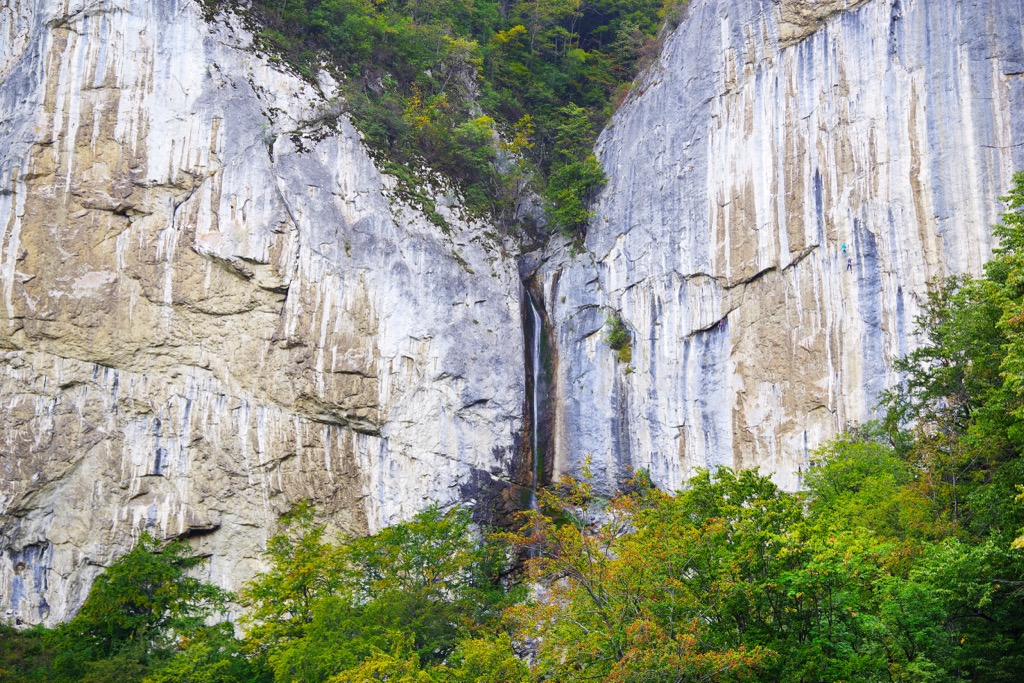
Bucharest, the vibrant capital city of Romania, is home to over 1.8 million people and serves as the country's cultural, economic, and political center. Known for its architecture, including the Palace of Parliament, Bucharest offers visitors a chance to experience the city’s medieval roots and communist past.
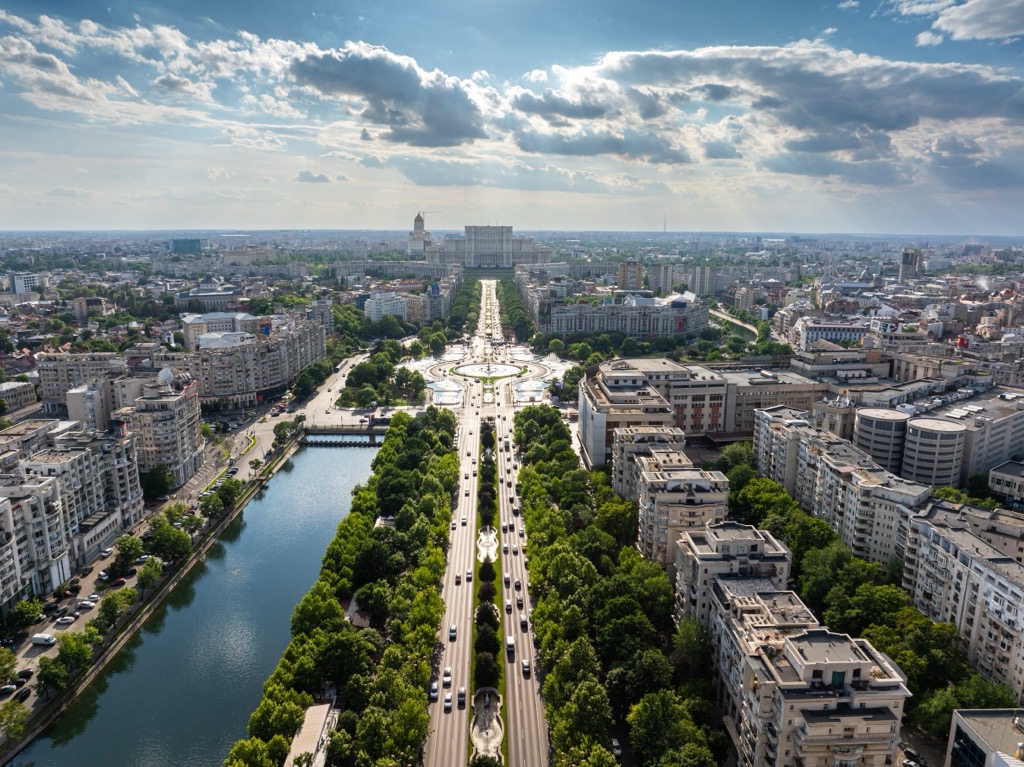
Drobeta-Turnu Severin is situated on the banks of the Danube River in southwestern Romania. With a population of around 80,000, it is an important regional cultural and economic hub. Visitors are drawn to its archaeological sites, including the ruins of the ancient Roman city of Drobeta and its riverfront promenade.
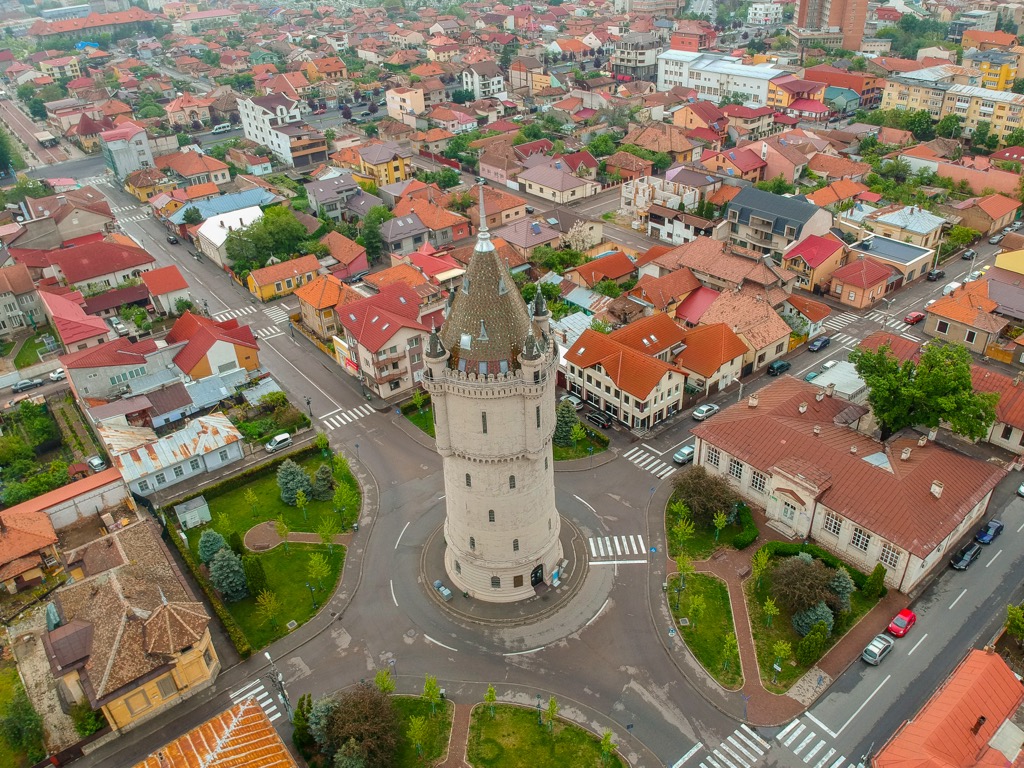
Serbia's capital is a dynamic metropolis with a rich heritage, home to over 1.4 million people. Belgrade sits at the confluence of the Sava and Danube Rivers and is known for its lively nightlife and historic landmarks like the Belgrade Fortress.
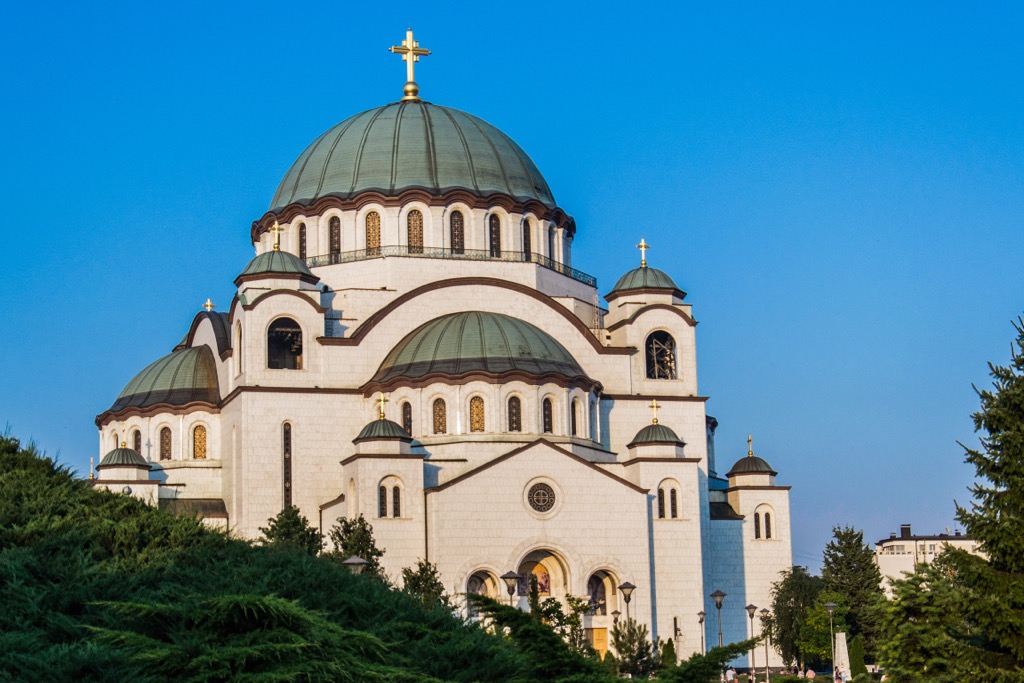
Explore National Park Domogled - Valea Cernei with the PeakVisor 3D Map and identify its summits.

